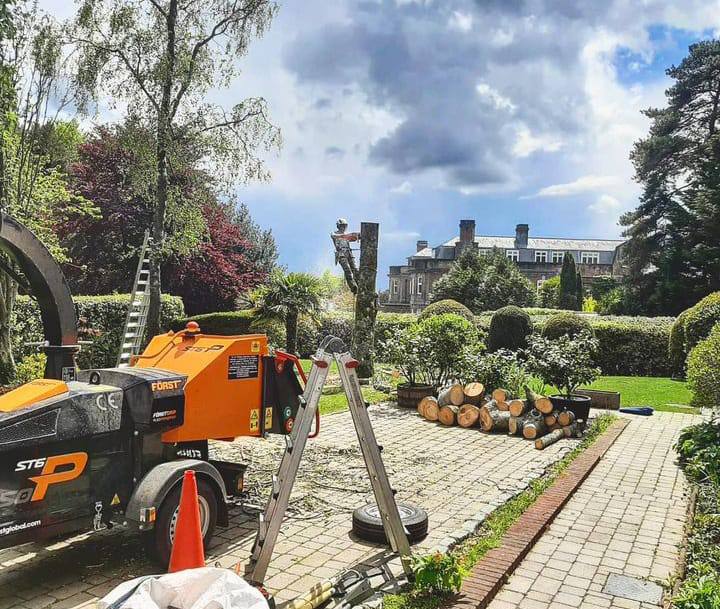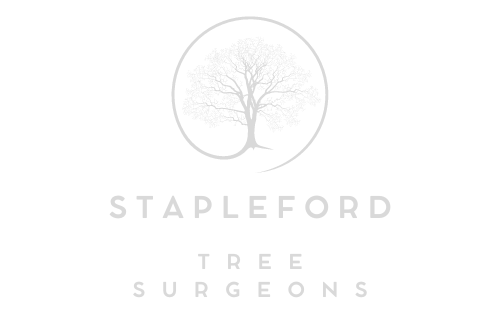Tree Crown Reduction: Addressing Common Concerns and Misconceptions
Introduction: Tree crown reduction is a specialised tree care technique aimed at improving tree health, safety, and aesthetics by selectively pruning branches to reduce the overall size and density of the canopy. Despite its benefits, there are common concerns and misconceptions surrounding this practice. Here’s a comprehensive guide to understanding tree crown reduction and dispelling myths:
What is Tree Crown Reduction?
Tree crown reduction involves:
- Selective Pruning: Certified arborists carefully trim branches to reduce the height and spread of the tree’s crown. This promotes a more balanced tree structure while retaining its natural shape.
- Risk Mitigation: By reducing the weight and wind resistance of the canopy, crown reduction minimises the risk of branch failure during storms and improves tree stability.
- Health Improvement: Opening up the canopy enhances air circulation and sunlight penetration, which benefits the tree’s overall health and vigour.
Common Concerns and Misconceptions
- Loss of Aesthetic Appeal: Reality: Properly executed crown reduction maintains the tree’s natural form and enhances its appearance. Skilled arborists ensure that pruning cuts are strategic, preserving the tree’s aesthetic value.
- Stress and Damage to Trees: Reality: When performed by trained professionals using correct techniques, crown reduction is minimally invasive and promotes tree health. It reduces stress by removing dead, diseased, or crossing branches, preventing potential damage.
- Impact on Tree Health: Reality: Contrary to misconceptions, crown reduction supports tree health by promoting new growth and reducing the risk of fungal infections. Arborists assess each tree individually and tailor pruning to its specific needs.
- Effectiveness of DIY Methods: Reality: Tree crown reduction requires expertise, specialised equipment, and an understanding of tree biology. DIY attempts can lead to improper cuts, compromising tree health and structural integrity.
Benefits of Professional Tree Care
- Expertise and Safety: Certified arborists possess the knowledge and skills to perform crown reduction safely and effectively, adhering to industry standards and safety protocols.
- Long-Term Sustainability: Properly maintained trees are healthier, more resilient to environmental stressors, and contribute to a sustainable urban ecosystem.
- Property Protection: Mitigating risks associated with tree hazards enhances safety for nearby structures, vehicles, and pedestrians.
Conclusion: Tree crown reduction is a valuable tree care practice that addresses common concerns and misconceptions. By partnering with surgeons for professional tree care services, you can ensure that your trees receive the best care and attention to enhance their health, safety, and beauty.
Call us on: 0115 647 1191
Click here to find out more about Stapleford Tree Surgeons
Click here to complete our contact form and see how we can help you with your tree’s needs.

